Rainwater Harvesting for Potable Use at the Bertschi School
Case Study: Published | Updated: | | Seattle, Washington | 2207500320- Category
- category_listing(s)
- Building Type
- School
- Innovation
- Rainwater harvesting for potable use
- Jurisdiction
- Seattle, Washington
- Parcel
- 2207500320
- Officials
- Dave Cantrell | Seattle King County Environmental Health Services
- Team
-
Stan Richardson
|
owner
Chris Hellstern | Designer
Stacy Smedley | Designer
- Ratings & Awards
-
Living Building Challenge Full Certification v2.0 (All 20 Imperatives)
AIA National 2012 CAE Educational Facility Design Award
USGBC Best of Green Schools 2012
AIA Seattle What Makes It Green 2012
ED+C 2012 Excellence in Design
Sustainable Buildings Industry Council Beyond Green High Performance Building 2011
Design and Build with FSC Award 2011
Washington Association of Landscape Architecture 2011
American General Contractors Alliant Build America Award 2011
NAIOP Private Education Development of the Year 2012
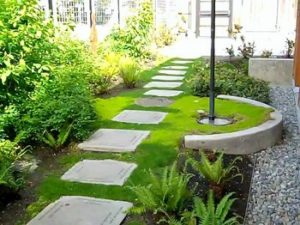
The Bertschi School Living Science wing is an award-winning building completed in 2011, which includes a small classroom, science lab and ethnobotanical garden. It was the first building certified under the Living Building Challenge V2.0, considered to be the most stringent green building certification in the world. The LBC’s Net-Zero Water imperative requires on-site supply, treatment and reuse of all the building’s water needs. They met this in part by installing an innovative rainwater harvesting system that uses filtration and sanitation to treat water for potable use by the school’s staff and students.
To help meet the LBC Net Zero Water imperative, the school installed all the necessary components to treat harvested rainwater on-site and use it for potable water in the classroom’s sinks and toilets, despite the fact that use of the system was denied by the King County Department of Public Health and because it conflicts with U.S. Safe Drinking Water Act (CFR Title 40; section 141.70). Laws require all drinking water from individual sources to be chlorinated, which directly conflicts with the LBC requirement against using chemicals to treat water. The school has installed a carbon filter with U.V. sanitation system, with the intention of using harvested rainwater as potable supply once state and federal laws and code adjust the definition of rainwater to reflect the fact that the harvested rainwater is much cleaner than other surface water sources therefore requiring less treatment.
| Code Requirement | Compliance Path |
|---|---|
| U.S. Safe Drinking Water Act, CFR Title 40, Section 141.70 | The Bertschi School potable supply could only comply by replacing their UV sanitation with chlorination |
| Uniform Plumbing Code (2006) Section 602.3 Individual water supply, 602.3.1 sources, and 610 disinfection | Individual supply sources usually allowed only where city water is unavailable; Seattle would allow through a variance. Use of harvested rainwater for potable use may be permitted with approved filtration and sanitization, but the Bertschi school system is not approved, so it is installed, but not operational. |
| Uniform Plumbing Code: Chapter 301.3 (Adopted by WA State) | When it was built, use of rainwater for irrigation required connection to City sewer; since then an administrative ruling by Seattle King County Public Health reversed this requirement. |
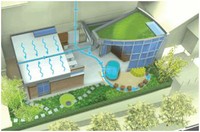 Washington State
Washington State 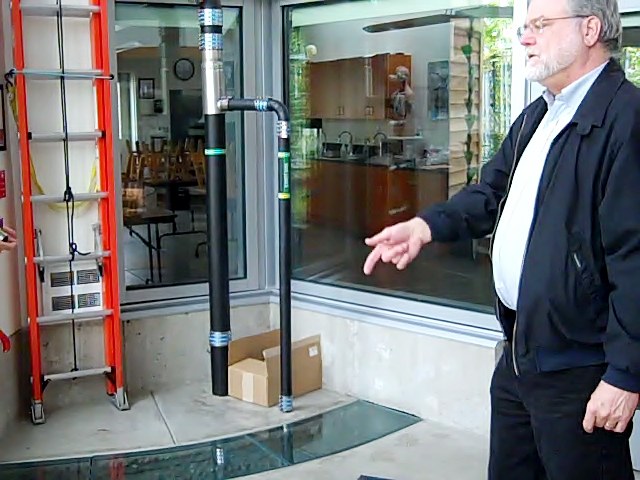 individual water supply source. Individual sources must be treated with chlorine prior to use. On the other hand, the Living Building Challenge 2.0 specifically forbids use of any chemicals on-site to treat water. The Bertschi School designers opted to install the Carbon Filtration w/UV system. Although Federal statute remains inflexible regarding this particular issue, potable water can be made available to Bertschi staff and students at the flip of a switch when and if regulations are updated to more accurately reflect the differences in the quality of particular sources.
individual water supply source. Individual sources must be treated with chlorine prior to use. On the other hand, the Living Building Challenge 2.0 specifically forbids use of any chemicals on-site to treat water. The Bertschi School designers opted to install the Carbon Filtration w/UV system. Although Federal statute remains inflexible regarding this particular issue, potable water can be made available to Bertschi staff and students at the flip of a switch when and if regulations are updated to more accurately reflect the differences in the quality of particular sources.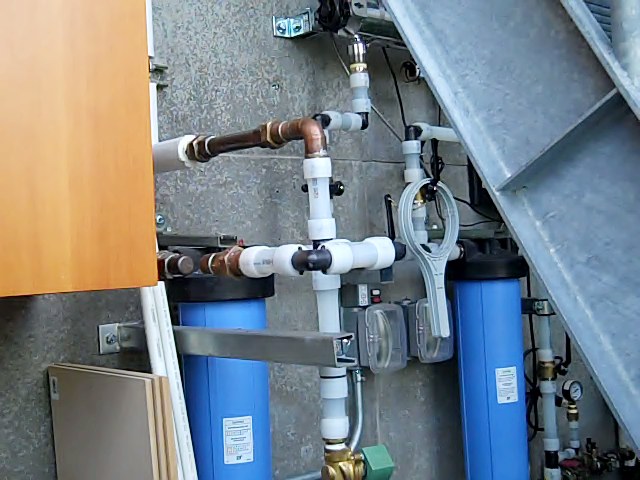 underground concrete cistern for potable water. This cistern is treated with food grade Xypex Waterproofing, where it is stored prior to treatment with a UV light and carbon filtration System. When operational, the treated rainwater can be pumped to potable water fixtures in the classroom, though currently it is physically isolated from the potable system due to Health Department requirement as mentioned above. When the potable cistern reaches capacity of 2500 gallons, excess water is transported through an indoor/outdoor runnel to an irrigation cistern of 2750 gallon capacity , this water is used for irrigation water only. The second cistern overflows into an outdoor rain garden, and then into a public storm sewer system as required. However, so far no rainwater has been recorded overflowing to the storm sewer.
underground concrete cistern for potable water. This cistern is treated with food grade Xypex Waterproofing, where it is stored prior to treatment with a UV light and carbon filtration System. When operational, the treated rainwater can be pumped to potable water fixtures in the classroom, though currently it is physically isolated from the potable system due to Health Department requirement as mentioned above. When the potable cistern reaches capacity of 2500 gallons, excess water is transported through an indoor/outdoor runnel to an irrigation cistern of 2750 gallon capacity , this water is used for irrigation water only. The second cistern overflows into an outdoor rain garden, and then into a public storm sewer system as required. However, so far no rainwater has been recorded overflowing to the storm sewer.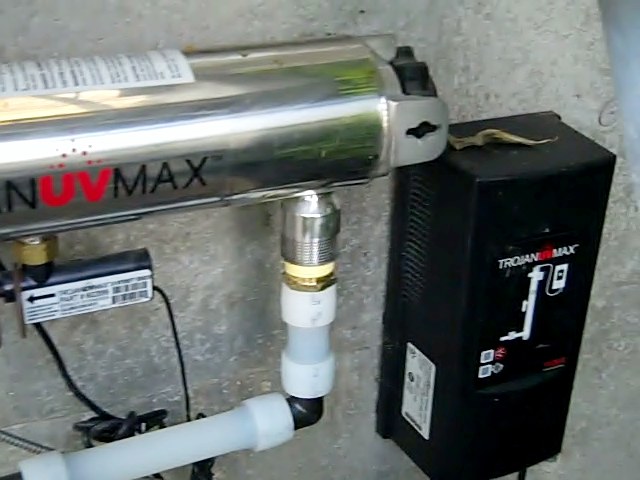 In keeping with The Bertschi School’s active learning environment, the Science Wing provides a living classroom and laboratory for students to learn first-hand about scarce resources such as clean water and air, and to see real solutions for protecting and conserving those resources. In this case, rainwater flows through a clear-covered runnel runnel in the classroom floor which makes the flowing water visible during a rain event. The curving concrete path of the runnel is decorated with art and inscriptions depicting water’s relationship to nature, wildlife, and us. It flows through the lab and then outside where excess water is used to sustain the beautiful ethnobotanical garden. This educational zero-impact landscape includes signage describing the garden’s diverse plant species, complete with QR codes which link students to each plant’s profile including scientific name, characteristics, uses and life cycle.
In keeping with The Bertschi School’s active learning environment, the Science Wing provides a living classroom and laboratory for students to learn first-hand about scarce resources such as clean water and air, and to see real solutions for protecting and conserving those resources. In this case, rainwater flows through a clear-covered runnel runnel in the classroom floor which makes the flowing water visible during a rain event. The curving concrete path of the runnel is decorated with art and inscriptions depicting water’s relationship to nature, wildlife, and us. It flows through the lab and then outside where excess water is used to sustain the beautiful ethnobotanical garden. This educational zero-impact landscape includes signage describing the garden’s diverse plant species, complete with QR codes which link students to each plant’s profile including scientific name, characteristics, uses and life cycle.